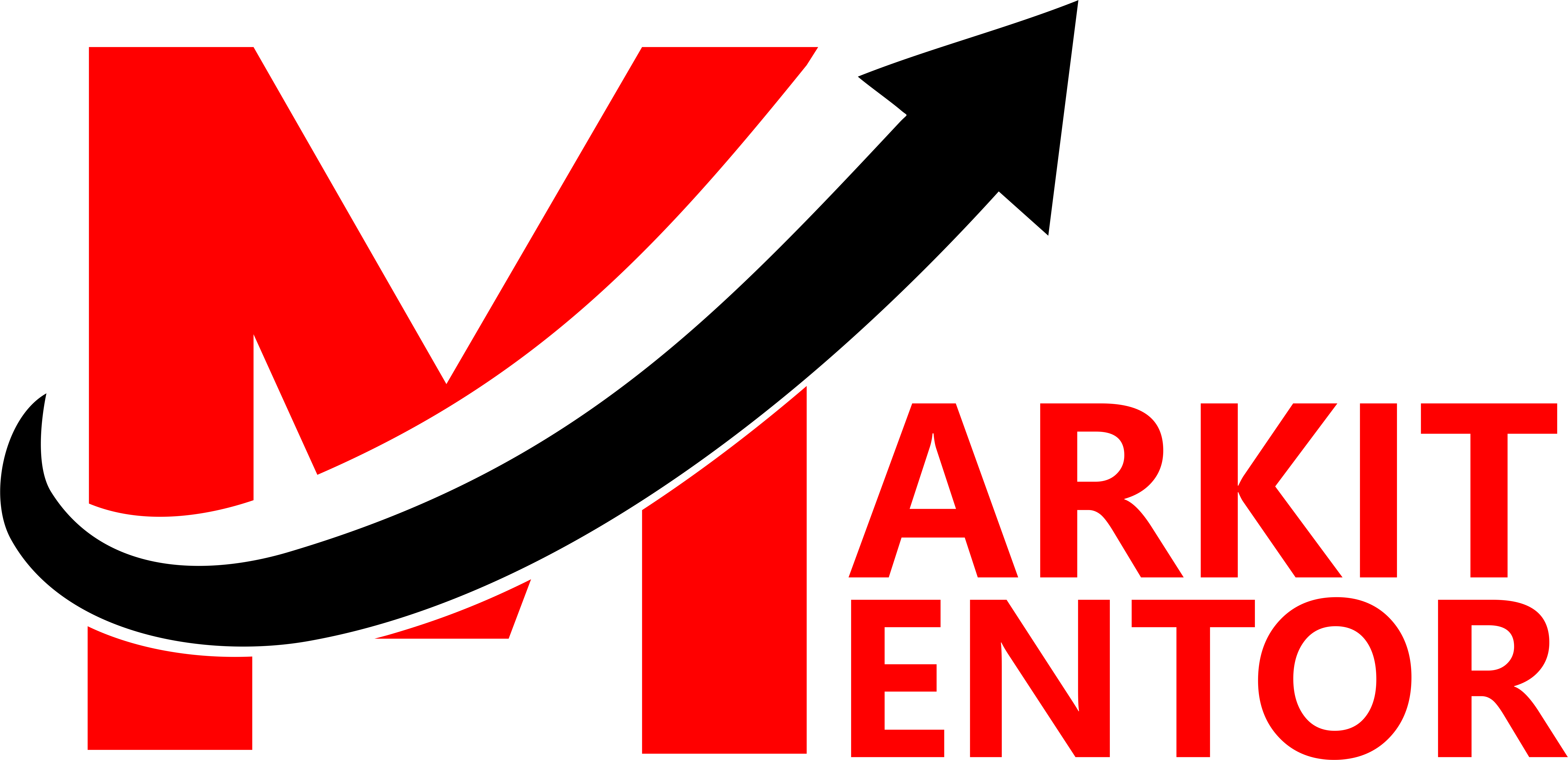In the ever-evolving world of digital marketing, Search Engine Optimization (SEO) remains a fundamental pillar for enhancing a website’s visibility and driving organic traffic. Within the realm of SEO, on-page SEO plays a pivotal role in optimizing your website’s individual pages to rank higher on search engine results pages (SERPs). In this blog, we’ll delve into the intricacies of on-page SEO, explore its key elements, and provide you with actionable tips to improve your website’s on-page optimization.
What is On-Page SEO?
On-page SEO, also known as on-site SEO, refers to the optimization of individual web pages to enhance their visibility and rank higher on search engines like Google, Bing, and Yahoo. Unlike off-page SEO, which involves external factors like backlinks and social signals, on-page SEO focuses on improving the content and HTML source code of a webpage to make it more search engine-friendly.
Key Elements of On-Page SEO
- High-Quality Content: Content is king in the world of SEO. Create informative, valuable, and relevant content that meets the needs and interests of your target audience. Use proper formatting, headings (H1, H2, H3), and keywords naturally within your content.
- Keyword Optimization: Conduct thorough keyword research to identify the terms and phrases your target audience uses to search for information related to your niche. Incorporate these keywords strategically in your content, titles, meta descriptions, and headers.
- Meta Tags: Optimize your meta title and meta description to provide a concise and compelling summary of your webpage’s content while including relevant keywords. Keep them within recommended character limits for better SERP display.
- URL Structure: Create user-friendly and SEO-friendly URLs that include relevant keywords and provide a clear indication of the page’s content. Avoid using long, cryptic URLs with unnecessary parameters.
- Mobile Optimization: As mobile devices continue to dominate internet usage, ensure your website is mobile-responsive. Google prioritizes mobile-friendly websites in its search rankings, so make sure your site looks and functions well on all screen sizes.
- Page Speed: Faster-loading pages improve user experience and contribute to better SEO rankings. Optimize images, leverage browser caching, and minimize HTTP requests to enhance your website’s page speed.
- Internal Linking: Create a logical internal linking structure to connect related content within your website. This not only improves user navigation but also helps search engines understand your site’s hierarchy and content relevance.
- Image Optimization: Optimize images by compressing them, using descriptive file names, and adding alt text that includes relevant keywords. This helps search engines index your images and improves accessibility for visually impaired users.
- User Experience (UX): A positive user experience is crucial for on-page SEO. Ensure easy navigation, clear calls-to-action (CTAs), and a clean, uncluttered design. Reducing bounce rates and increasing user engagement can boost your rankings.
- Secure and Accessible Website: Secure your website with HTTPS to protect user data and gain favor with search engines. Additionally, make your website accessible to individuals with disabilities, as this can indirectly impact your search rankings.
- Content Updates: Regularly update and refresh your content to keep it relevant and accurate. Outdated or irrelevant content can harm your SEO efforts.
- Social Sharing: Encourage social sharing of your content by adding social sharing buttons to your webpages. Increased social engagement can indirectly impact your search rankings.
The Importance of On-Page SEO
- User Intent and Engagement: On-page SEO isn’t just about pleasing search engines; it’s about creating a seamless user experience. When your content matches user intent and engages your audience, it reduces bounce rates, increases time spent on your website, and signals to search engines that your content is valuable.
- Higher Click-Through Rates (CTR): A well-optimized meta title and description can significantly impact your click-through rate. When your page appears in search results with compelling, keyword-rich meta tags, users are more likely to click on your link.
- Local SEO: For businesses with physical locations, optimizing for local SEO is crucial. Include location-specific keywords, create a Google My Business profile, and encourage customer reviews to boost your local rankings.
- Rich Snippets and Schema Markup: Implement schema markup to provide search engines with structured data about your content. This can result in rich snippets, which enhance your listing on the SERPs and can improve click-through rates.
Advanced On-Page SEO Tips
- Voice Search Optimization: As voice-activated devices gain popularity, optimizing for voice search becomes essential. Focus on answering common voice search queries directly in your content, and use conversational language.
- Latent Semantic Indexing (LSI): Incorporate LSI keywords (related terms and synonyms) naturally in your content to provide a comprehensive understanding of your topic to search engines.
- Content Siloing: Organize your website’s content into thematic silos or clusters. This helps search engines understand the hierarchy and relationships between your content, improving your site’s overall SEO.
- Video SEO: If you use video content, optimize it for search. Create compelling video titles and descriptions, use relevant tags, and provide transcripts for accessibility and indexability.
- E-A-T (Expertise, Authoritativeness, Trustworthiness): Google values content created by experts in their field. Demonstrate your expertise, authoritativeness, and trustworthiness through well-researched, accurate, and well-cited content.
- Long-Form Content: While quality always trumps quantity, longer, in-depth content often ranks better. It allows you to cover topics comprehensively and provide more value to your audience.
- User-Generated Content: Encourage user-generated content like comments, reviews, and forums. This not only engages your audience but also adds fresh, keyword-rich content to your website.
- Structured Data Markup: Use structured data markup for specific types of content, such as articles, events, products, or reviews. This can result in enhanced SERP features like rich snippets, which can increase click-through rates.
- Content Experiments: Run A/B tests and experiments on your content to determine what resonates best with your audience and continually improve your on-page optimization.
Monitoring and Adjusting
Remember that on-page SEO is not a one-time task; it requires ongoing monitoring and adjustments. Regularly check your rankings, track your website’s performance using tools like Google Analytics and Google Search Console, and stay updated on industry trends and algorithm changes.
Conclusion
On-page SEO is a critical aspect of your overall SEO strategy, as it directly impacts how search engines understand and rank your webpages. By optimizing your content, keywords, meta tags, and user experience, you can improve your website’s visibility, attract more organic traffic, and ultimately achieve your digital marketing goals. Remember that SEO is an ongoing process, and staying up-to-date with the latest trends and best practices is essential for long-term success in the online landscape.
Frequently asked questions (FAQs) about on-page SEO:
1. What is On-Page SEO?
On-page SEO, also known as on-site SEO, refers to the practice of optimizing individual web pages to improve their visibility and ranking on search engine results pages (SERPs). It involves optimizing content, HTML source code, and other elements on a webpage to make it more search engine-friendly.
2. Why is On-Page SEO important?
On-page SEO is important because it directly influences how search engines understand and rank your webpages. Effective on-page optimization can lead to higher search engine rankings, increased organic traffic, and improved user engagement.
3. What are the key elements of On-Page SEO?
Key elements of on-page SEO include high-quality content, keyword optimization, meta tags, URL structure, mobile optimization, page speed, internal linking, image optimization, user experience, website security, content updates, and social sharing.
4. How can I optimize my content for On-Page SEO?
To optimize your content, conduct keyword research and strategically incorporate relevant keywords into your content. Use proper formatting with headings and subheadings (H1, H2, H3), create informative and engaging content, and regularly update and refresh your content to keep it relevant.
5. What is the importance of meta tags in On-Page SEO?
Meta tags, including the meta title and meta description, provide concise information about a webpage’s content. They are crucial for attracting clicks from search engine users and should include relevant keywords to improve click-through rates (CTR).
6. How can I improve my website’s page speed for On-Page SEO?
To improve page speed, optimize images, leverage browser caching, minimize HTTP requests, and use content delivery networks (CDNs). Reducing the size of files and scripts can also help enhance page loading times.
7. What is schema markup, and how does it affect On-Page SEO?
Schema markup is a structured data format that provides additional information about the content on a webpage to search engines. It can lead to enhanced SERP features like rich snippets, improving the visibility and click-through rates of your listings.
8. How do I ensure mobile optimization for On-Page SEO?
To ensure mobile optimization, use responsive web design, which adapts your website’s layout and content to various screen sizes. Test your website on different devices to ensure it functions well and provides a seamless experience for mobile users.
9. What is the role of internal linking in On-Page SEO?
Internal linking helps connect related content within your website, improving user navigation and helping search engines understand your site’s hierarchy and content relevance. It also distributes PageRank and can boost the ranking of important pages.
10. Is On-Page SEO an ongoing process?
Yes, on-page SEO is an ongoing process. Search engine algorithms change, and your content should remain up-to-date and relevant. Regular monitoring, adjustments, and staying informed about industry trends are essential for long-term success in on-page SEO.











